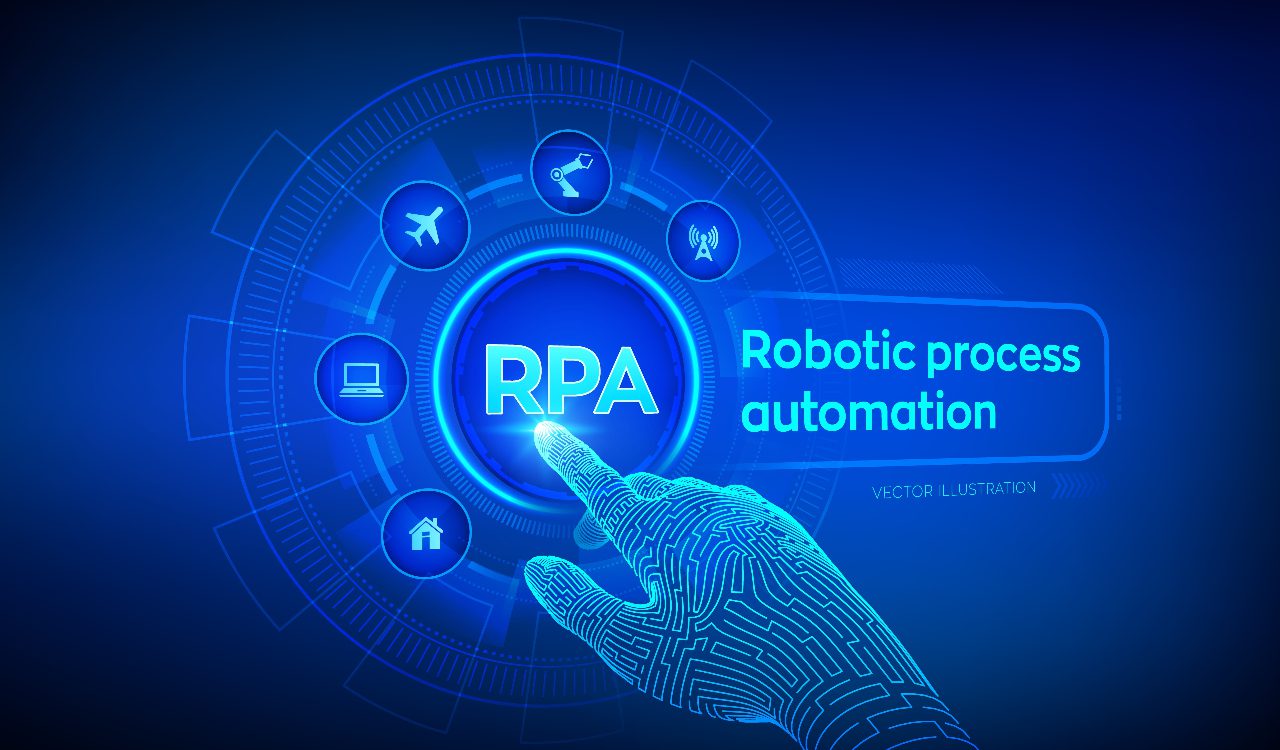Introduction:
In today’s fast-paced digital world, businesses are constantly seeking ways to streamline operations and maximize efficiency. One such solution gaining traction is Robotic Process Automation (RPA). This transformative technology promises to revolutionize repetitive, rule-based tasks, freeing up valuable time and resources for organizations to focus on higher-value activities.
What is Robotic Process Automation (RPA)?
- Define RPA: RPA refers to the use of software robots or “bots” to automate repetitive tasks, mimicking human interactions with digital systems.
- Key features and capabilities: Discuss the ability of RPA to handle rule-based tasks, interact with multiple applications, and operate 24/7 without human intervention.
- Real-world applications: Highlight various industries leveraging RPA, such as finance, healthcare, manufacturing, and customer service.

Benefits of RPA:
- Increased efficiency: RPA streamlines processes, reduces errors, and accelerates task completion, leading to significant time and cost savings.
- Enhanced accuracy: Bots perform tasks with precision and consistency, minimizing errors and ensuring data integrity.
- Scalability: RPA solutions can be scaled up or down to meet evolving business needs, accommodating fluctuating workloads without additional overhead.
- Employee empowerment: By automating mundane tasks, RPA allows employees to focus on strategic initiatives, creativity, and innovation.
Implementation of RPA:
- Assessing suitability: Identify and prioritize tasks suitable for automation based on criteria such as volume, frequency, and complexity.
- Selecting the right tool: Evaluate RPA software options based on features, scalability, compatibility, and vendor support.
- Designing workflows: Collaborate with stakeholders to design efficient workflows and configure bots to execute tasks seamlessly.
- Testing and deployment: Conduct thorough testing to validate bot functionality, address any issues, and deploy RPA solutions into production.
Conclusion:
Robotic Process Automation represents a paradigm shift in how businesses approach routine tasks and processes. By harnessing the power of automation, organizations can unlock unprecedented levels of efficiency, productivity, and agility. As RPA continues to evolve, embracing this transformative technology will be essential for staying competitive in today’s digital landscape.
If you have any questions about RPA or are interested in implementing RPA solutions for your business, please don’t hesitate to reach out to us.
GUAMAC Web Agency
contact@guamac.com
+1 343-453-5550

